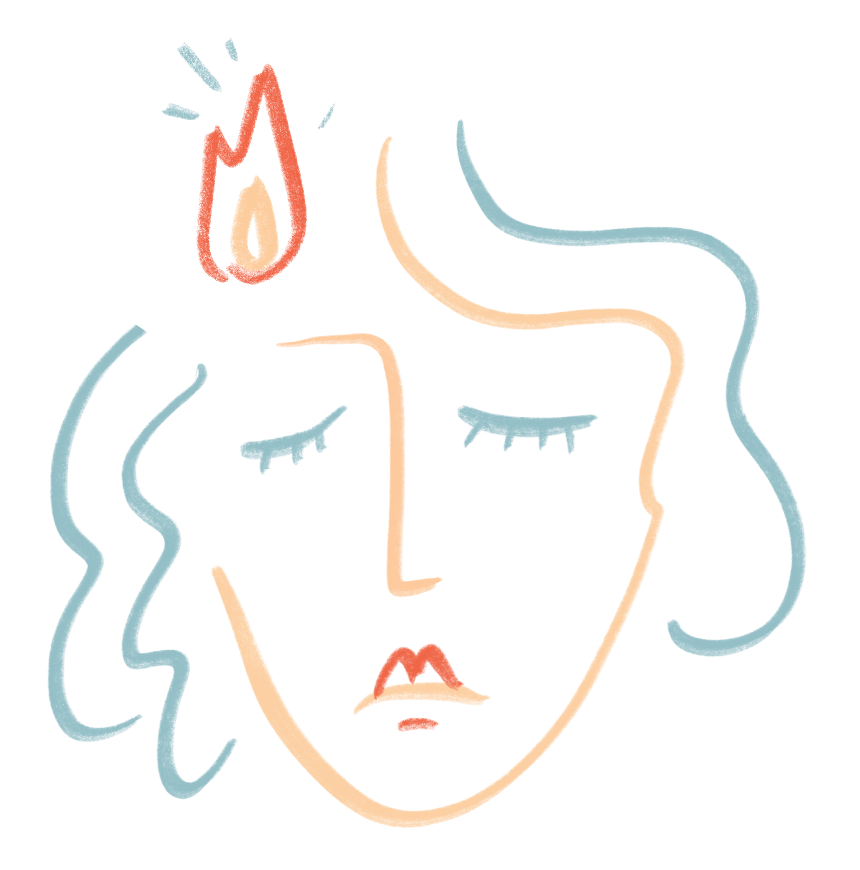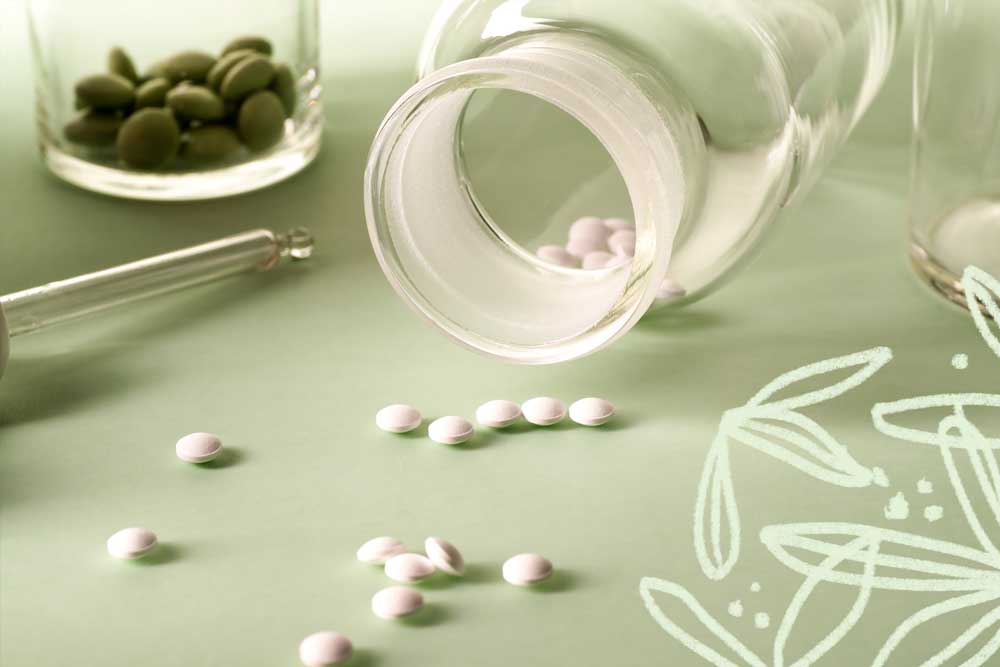UTI DEFINITION
A UTI is usually a bacterial infection in your bladder but it can progress to the upper urinary tract (kidneys) which is a much more serious infection. They can show up with a multitude of symptoms. You are more susceptible to UTIs during menopause for several reasons.
Declining levels of estrogen contribute to:
- Thinning of vulvar, vaginal and urethral tissue. This makes it easier for bacteria to grow and easier for sex to push bacteria into your urethra and bladder
- Reduced vaginal flora variety. It is easier for bad bacteria to grow
Discover your personalized treatment options

HOW LIKELY IS A UTI DURING MENOPAUSE?
- Approximately 50 – 60% of women will develop a UTI in their lifetime. One study found that women between the ages of 55-59 had a 33% chance of developing a UTI during that five-year span
- You are more likely to have UTIs during menopause if you also have a chronic condition such as diabetes
- Having a urinary tract infection can also cause temporary urinary incontinence
Read more about the stages of menopause.
MENOPAUSE AND UTI SIGNS
UTI symptoms depend on which part of the urinary tract is infected.
Lower tract UTIs are the most common form and affect the urethra and bladder. Symptoms can include:
- Burning or pain when you pee
- Needing to pee suddenly and more often
- Not passing much urine when you pee
- Pelvic pain or pain in your lower abdomen
- Pee that looks bloody or cloudy
- Pee that has a stronger odor than what you’re used to
Upper tract UTIs mainly affect the kidneys. These are less common, but are more serious and can be potentially life-threatening. Symptoms can include:
- Pain and tenderness in your upper back and sides
- Chills
- Fever
- Nausea
- Vomiting
How to prevent UTIs during menopause
- Toilet hygiene – wipe yourself from the front to the back
- Go to the bathroom when you need to, and don’t hold your in your pee for a long time
- Pee after sex – this helps get rid of any bacteria
- Keep hydrated – this helps dilute and wash out bacteria more effectively
TIPS FOR RELIEF FROM UTIS
Make an appointment to see your healthcare provider or go to an urgent care center when you feel those tell-tale signs of a UTI – don’t wait! Ask for an urgent appointment if you notice blood in your pee.
Antibiotics
Symptoms that feel like a UTI are not always a urinary infection. Vaginitis and some skin conditions can cause the same symptoms. If your healthcare provider thinks you may have a UTI, they may suggest:
- A course of antibiotics
- If you meet the criteria for recurrent UTIs, then your healthcare provider may have you take antibiotics more regularly.
Research on reducing the frequency of UTIs in women with recurrent infections has not found that a single-dose antibiotic at specific times or a low daily dose works any better. If you are having frequent infections, ask to see a specialist, such as a urologist or urogynecologist.
D-mannose
A recent review found it is likely that D-mannose may help prevent UTIs if you have recurrent infections. Side effects and adverse events were low, so there doesn’t seem to be much downside to trying it, with the advice of your healthcare provider.
Cranberry products
Some studies have shown a benefit, while others didn’t. The Cleveland Clinic says that the “science is mixed” on whether or not cranberry-based products prevent UTIs.
Vaginal estrogen
Your healthcare provider can advise if this hormone treatment is suitable for you. You insert this as a cream into your vagina with an applicator.
Studies show that out of 100 women using this treatment over eight months, 45 women avoid getting a UTI because of this treatment, 15 people still get a UTI and 40 won’t get one but would not have done it anyway. Since the figures are from studies taken across different women at different times, it is not possible to say whether this treatment reduces UTIs.
Perimenopause and UTI FAQs
The fear of going somewhere new where you do not know where the bathrooms are can be overwhelming





